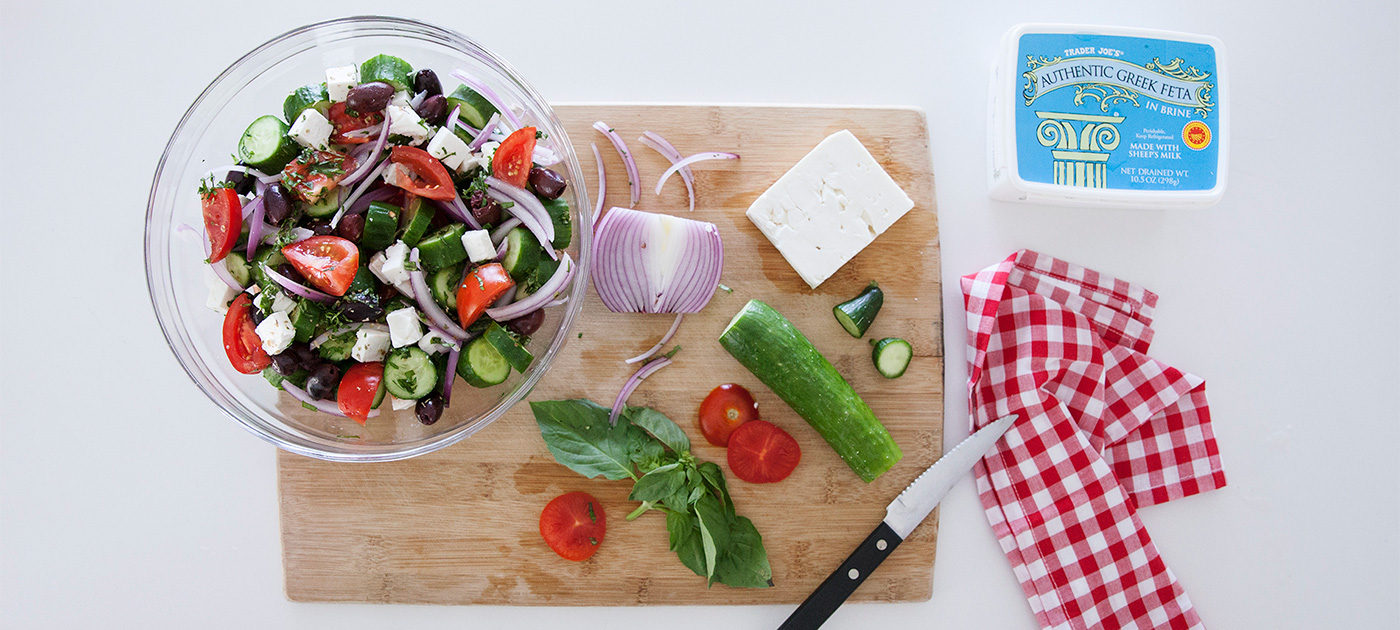
Eat Your Veggies: Q&A with UCLA’s Registered Dietitian
Food is Medicine – yes, you’ve heard me say it many times and I will continue to remind you because that’s what I do! What you put in your body plays one of the biggest roles in your health. Structure governs function; your body must be properly nourished to be at your absolute best. Eating the proper foods will help keep your mind and body clear, full of energy and pain-free. This month I invited my wonderful friend, colleague, and food investigator, Nancee Jaffe, a registered dietitian at UCLA’s Division of Digestive Diseases, to share her knowledge and experiences with us. I asked her some of my clients’ most frequently asked questions in hopes to send you on a happy, healthy, and pain-free eating path. Enjoy and take notes!
Me: I’ve noticed a connection between sugar and pain. What is your experience with this topic? How does sugar affect your body?
Nancee: Sugar is often believed in our society to mean one thing – processed, refined sugar products such as candies, cakes, cookies and breads. In this sense, yes, sugar and pain are definitely connected. Refined sugar products are low in nutrients, high in calories and pro-inflammatory in nature, which can easily lead to pain and chronic diseases when overly consumed.
The definition of sugar, however, covers much more than just refined and processed varieties. Sugar is a carbohydrate that is created by plants and is an extremely important energy source for the human body. This definition includes a wide variety of sugar molecules such as monosaccharides (single sugars) like glucose, fructose and galactose; disaccharides (double sugars) like lactose, maltose and sucrose; and oligosaccharides/ polysaccharides (many sugars) like fibers such as fructans and galactans. These molecules are found in a multitude of food sources, ranging from fruits and vegetables to grains and legumes, beans, nuts and seeds as well as sweeteners and alcohol. For most, sugar found in our natural food sources is benign, even necessary, as our brain only utilizes carbohydrates in the form of glucose sugar. For others, some of these sugars, as they are broken down (or inefficiently broken down) by the body, can lead to pain, bloating, abdominal discomfort, rises in blood sugar, fatigue and digestive issues. In my practice as a dietitian, I always examine my patients’ diets to see which sugars might be adversely affecting them and recommend only removing these sugars for brief periods of time to see if symptoms are relieved. From there, liberating the diet as much as possible to include the most variety of foods (including sugars) while limiting or eliminating symptoms is my goal.
Me: What type of diet do you recommend to reduce inflammation?
Nancee: My favorite way to describe an anti-inflammatory diet is “eat as close to the earth as possible, choosing as many colors as possible.” Studies have shown that a plant-based diet inclusive of adequate daily fruit and vegetable intake reduces risk for chronic diseases such as cancer, arthritis, obesity and diabetes, while high fat, high refined sugar and high red meat diets are more likely to increase risk of these same diseases. Choosing darker, richer colors from our fruits and vegetables is key – the deep reds, purples and greens of these foods contain necessary antioxidants in the forms of phytonutrients that are cancer-fighting machines and thus reduce inflammation in the body. Incorporating foods such as fatty fishes (like black cod and salmon), nuts, seeds, legumes, beans, moderate amounts of poultry, red wine and dark chocolate help to create a healthy, well-rounded and balanced anti-inflammatory diet.
Me: Many people can relate to experiencing low energy. Can certain foods help with this issue?
Nancee: From my experience, lack of energy is usually a combination of factors including poor nutrition, inadequate sleep, lack of exercise, decreased enjoyment of life and increased stress. I coined the acronym SEND (Sleep, Exercise/Enjoyment, Nutrition, De-stress) to describe to my patients the importance of balancing these lifestyle characteristics to experience increased energy.
For the nutrition part of SEND, several foods can zap energy, especially those that are highly processed, made from refined sugar and high in fat, so limiting these foods can help restore energy levels. Foods high in B12 such as lean poultry, fish, and eggs tend to give a little extra zip of energy as can whole grain and high fiber foods such as nuts, seeds, beans and legumes. Research also shows promise that foods high in tyrosine (an amino acid that helps produce dopamine, the reward and pleasure hormone of the body) may help improve mood and energy levels, although more research is needed in this area. Foods high in this amino acid include spirulina/seaweed, organic soy, egg whites, fatty fish and lean poultry.
Me: From your experience, what would you say most people tend to fall short of in their diets?
Nancee: It may sound obvious, but vegetables! According to the Centers for Disease Control (CDC), vegetable intake in the USA as of 2013 was roughly 1.6 vegetable servings per day! I like the philosophy of the diabetic plate, where ½ of your plate at every meal is vegetables in unlimited varieties and colors. We are vegetable eaters by nature, although most Americans have been lead to believe we are red meat and potato chip eaters! Starch is important but should be whole grain, high in fiber and only take up ¼ of your plate for each meal; same is true of lean protein. Think of snacks as mainly vegetables as well, such as carrots with hummus, celery with almond butter or jicama sticks in guacamole.
Me: If you had to give one piece of advice that can help improve someone’s overall health and well-being through food and nutrition, what would that be?
Nancee: Portion control and eat from the earth. Society places a high premium on “bigger is better” and “get more value for your dollar” when it comes to food. Americans like big portions for little cash which often equates to overeating, poorer quality of food consumed and increased ingestion of fats, refined sugars and salt. When we control our portions, i.e. the healthy plate I mentioned earlier, we tend to weigh less, feel more satisfied with the food consumed and enjoy a better quality of life. Furthermore, when we pair portion control with the anti-inflammatory diet, we are on our way to make our bodies happy and healthy!
About Nancee Jaffe:
Nancee holds a Master’s Degree in Nutritional Science from the California State University, Los Angeles and completed her dietetic internship at Cedars-Sinai Medical Center and UCLA. Nancee became a registered dietitian and joined the UCLA Vatche & Tamar Manoukian Division of Digestive Diseases in 2012 where she helped to spearhead the Celiac Disease Program. Nancee specializes in all gastrointestinal disorders including irritable bowel syndrome (IBS), inflammatory bowel diseases (IBD), celiac disease, short bowel syndrome as well as idiopathic and functional bowel diseases.
Learn more about Nancee at www.nanceejaffe.com.
